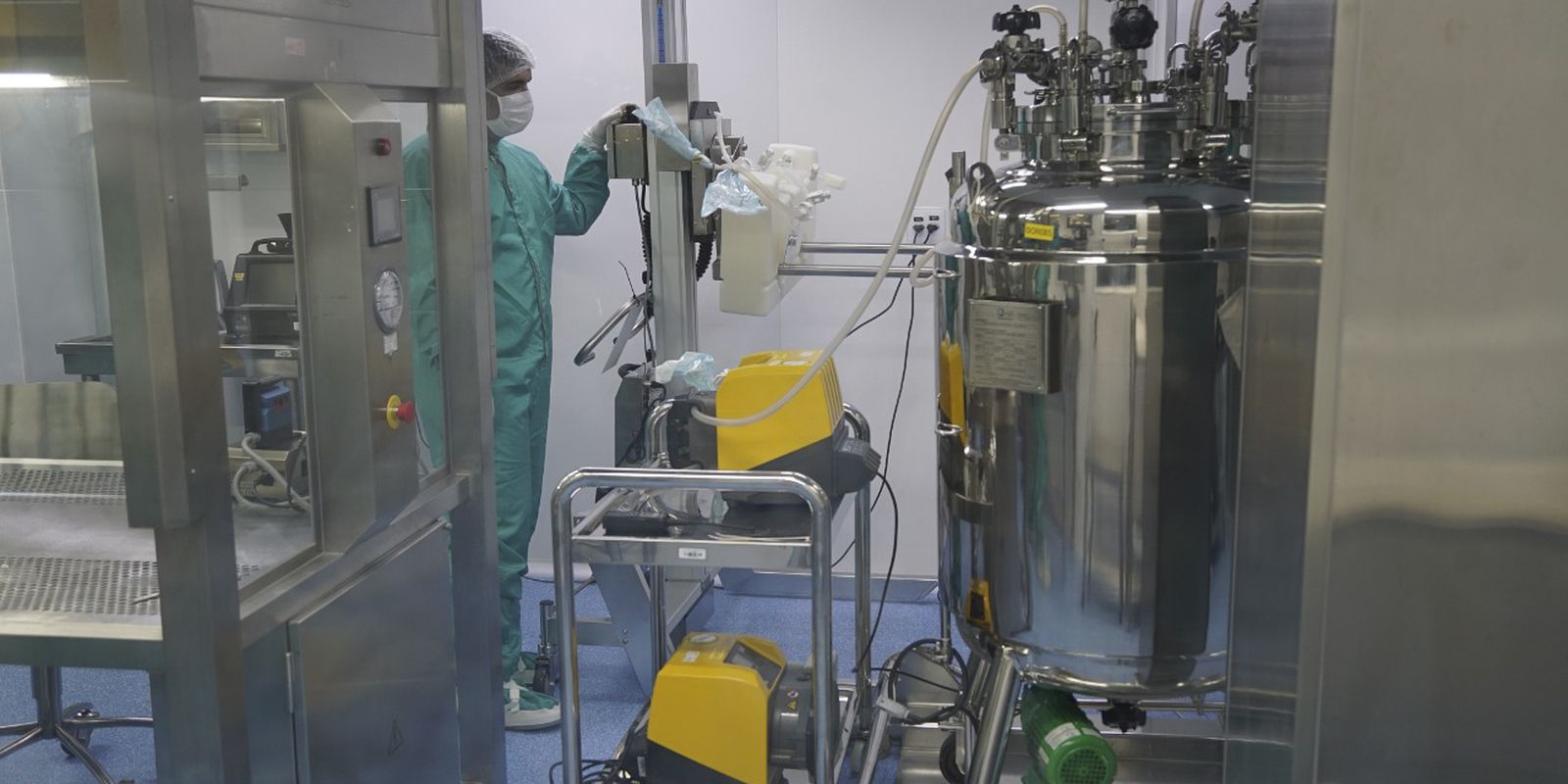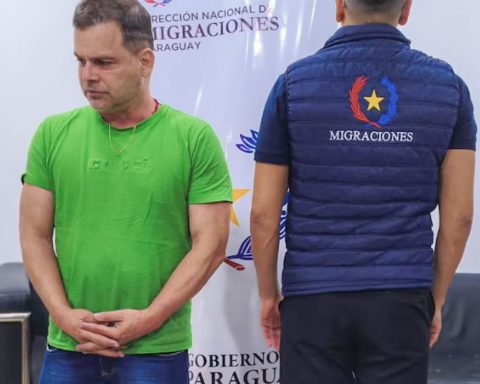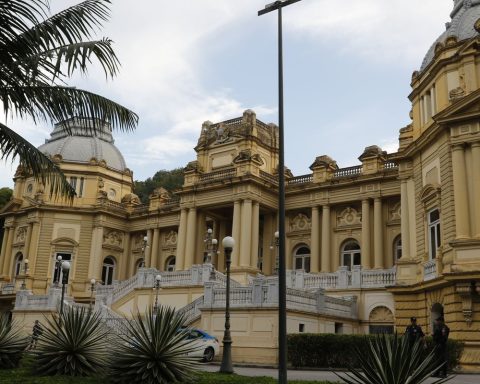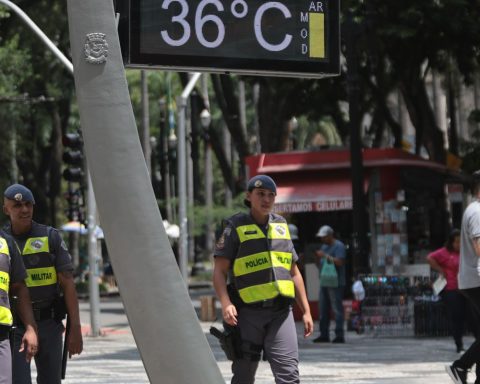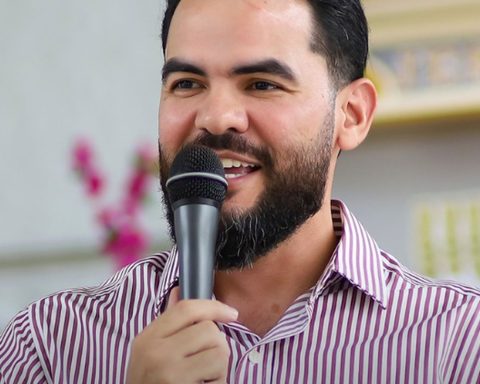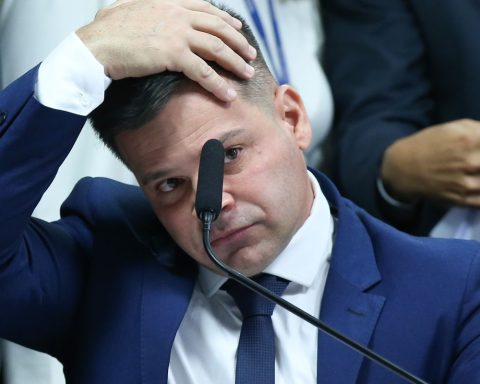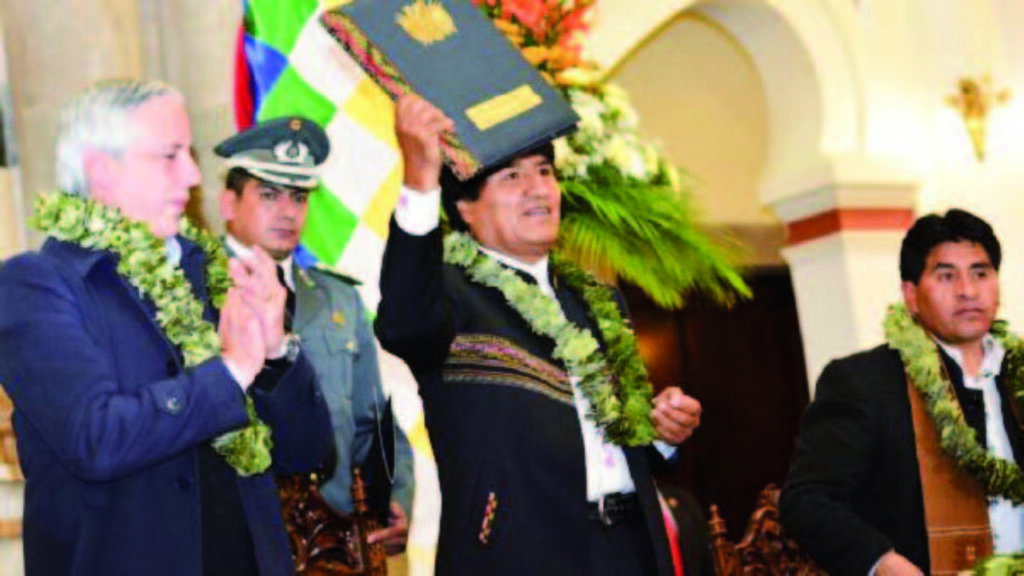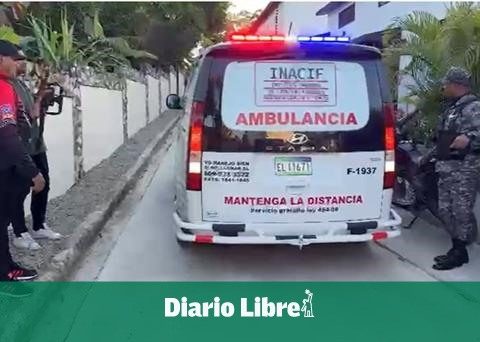The AstraZeneca vaccine, manufactured by the Oswaldo Cruz Foundation (Fiocruz) with all inputs produced in Brazil, is in the final stage of development. Fiocruz expects that the first batches will be delivered in February to the National Plan for the Operationalization of Vaccination Against Covid-19.
The immunizer is the result of a technology transfer agreement between Fiocruz and the consortium formed by the University of Oxford and the pharmaceutical company AstraZeneca. The first batches produced in Brazil by the foundation used active pharmaceutical ingredient (API) shipped from China.
The need to acquire IFA in China caused the delivery of AstraZeneca immunizations by Fiocruz to suffer delays last year. This situation highlighted the importance of realizing the production capacity of the API in Brazil.
The contract provided for the Fiocruz teams to acquire the necessary knowledge to produce the API, the main input for the vaccine, in Brazil. The foundation set up the production structures and carried out tests until the production of the IFA started. After delays in the schedule, Fiocruz is concluding the process of developing a fully national vaccine.
The API is made up of viruses and cells. The method of manufacturing the vaccine involves the adenovirus, technically classified as a “non-replicating viral vector”. After the production of the elements necessary for the manufacture of the vaccine, the cells are induced in a process of multiplication and then of purification.
With this, the production of the IFA is completed. It is frozen and then thawed to finalize the manufacture of the vaccine with the inclusion of components that will help to stabilize the immunizer.
The next process is the filling of the product in the vials, which are sterilized to receive the vaccine liquid, which is transferred from the place where it is stored (stainless steel tanks).
The last procedure is the transformation of the liquid into a kind of tablet, a process called lyophilization. The vials are effectively closed with a cap and seal. Samples are taken for quality analysis.
Once the quality control is carried out and the guarantee of safety and efficacy is attested, as foreseen and authorized by the National Health Surveillance Agency (Anvisa), the bottles receive labels, are packaged and sent to the Ministry of Health, which distributes in accordance with state and municipal health departments.
